The
RUYi
you can touch the artefact here
you can touch the artefact here

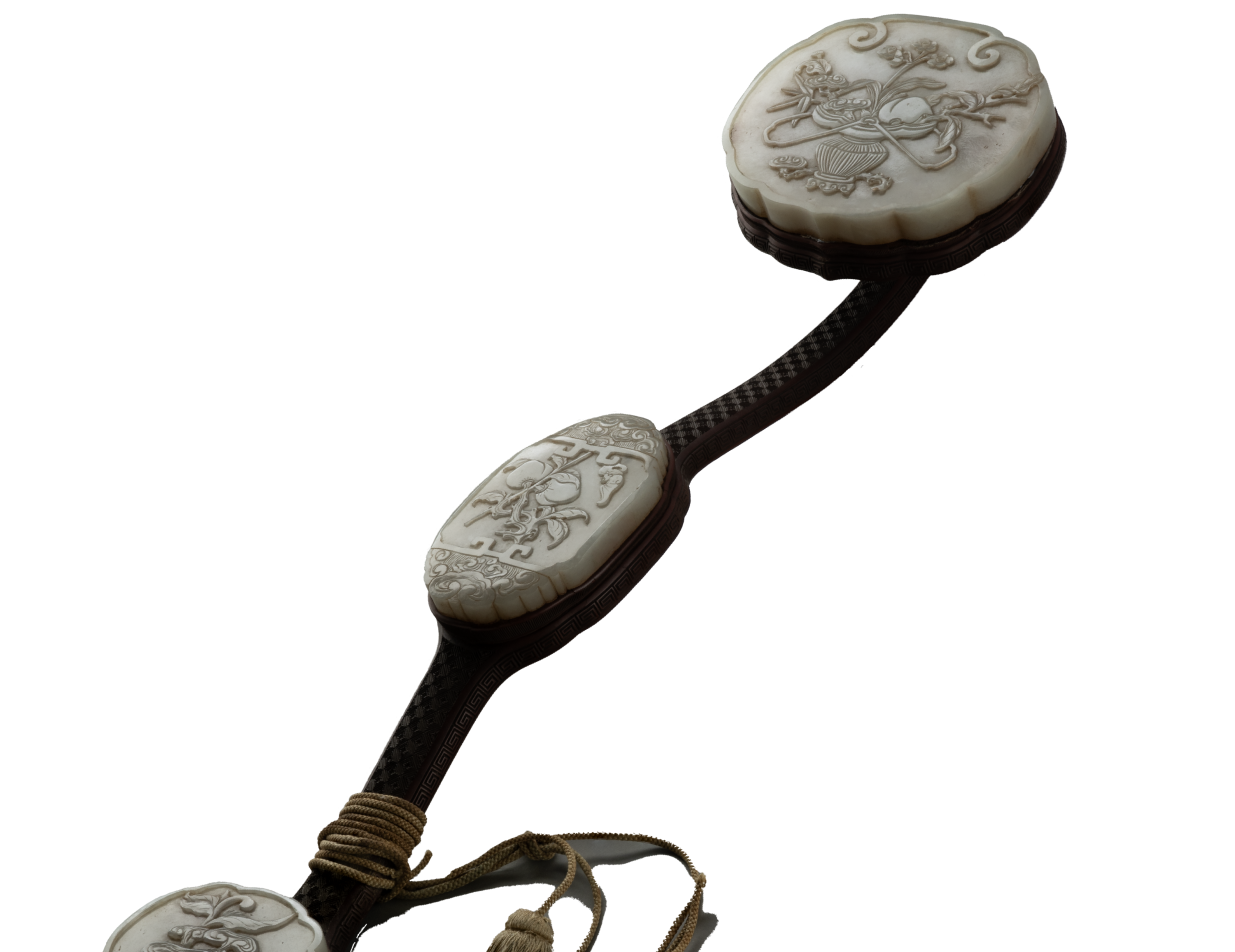
Is a Chinese wish-granting wand. This one from the Museum was maybe used for someone’s birthday ritual.
-
What am I
looking at?A ceremonial wish-granting wand or sceptre used in Chinese Buddhism.
-
What does it mean?
In traditional Chinese - ‘ruyi’ means ‘as you wish’
-
Who used this wand and how old is it?
This magical ruyi belongs to the Qing Dynasty in China and was made in the 18th century CE, over 300 years old!
-
What is it made of
and how big is it?It is made of wood, lacquer, and nephrite, often called jade.Ruyis can be of different sizes. This one can easilybe held in your hand.
KNOW MORE
-
1
Engraving of the ‘fungus of immortality’
-
2
S-shaped handle
-
3
Long yellow tassels
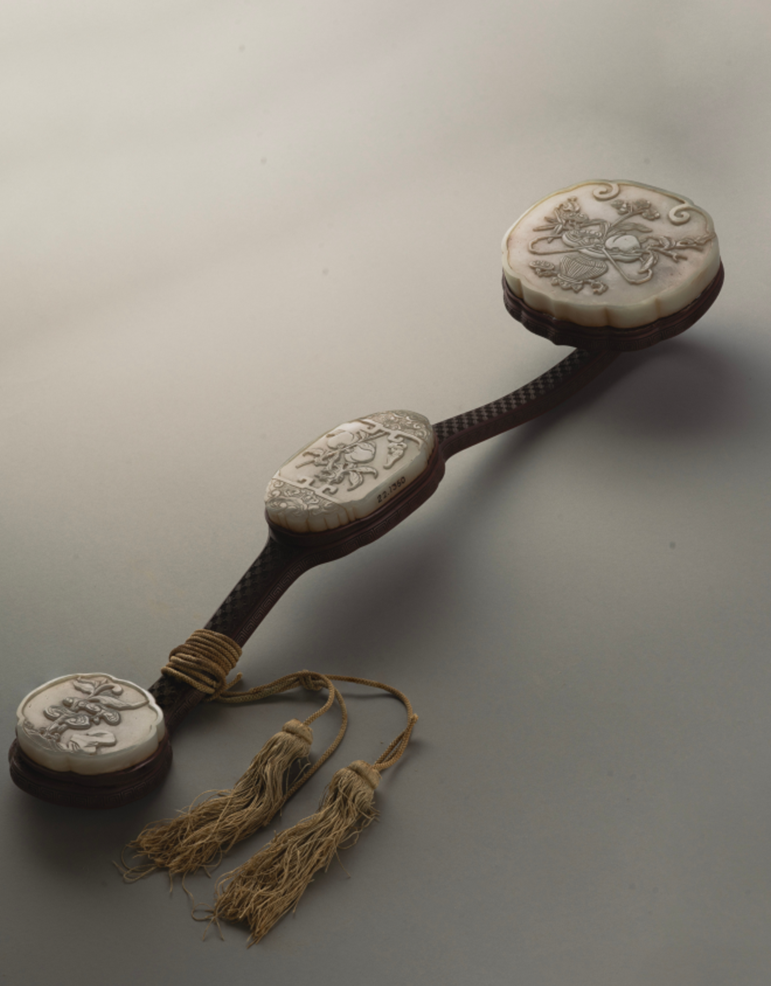
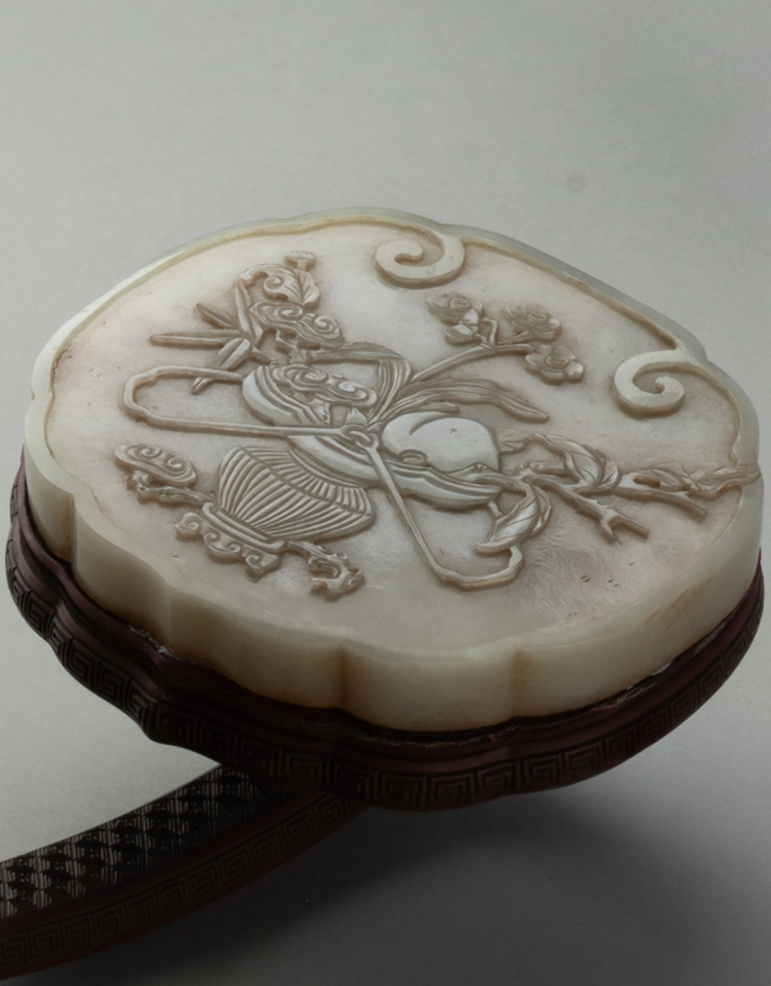
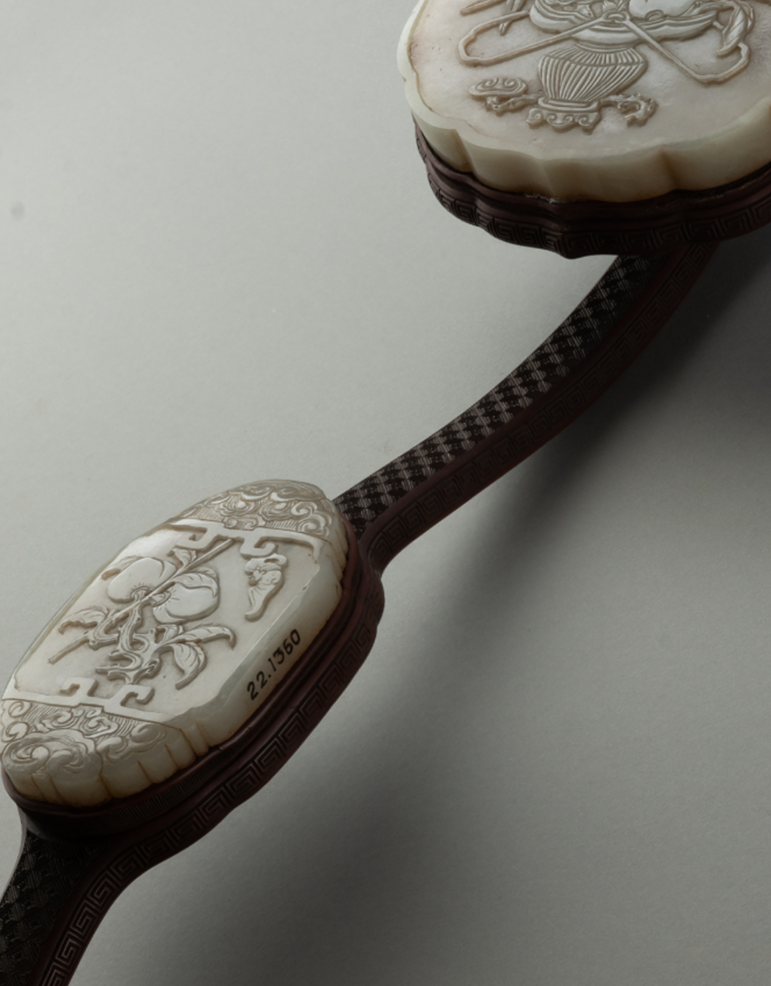
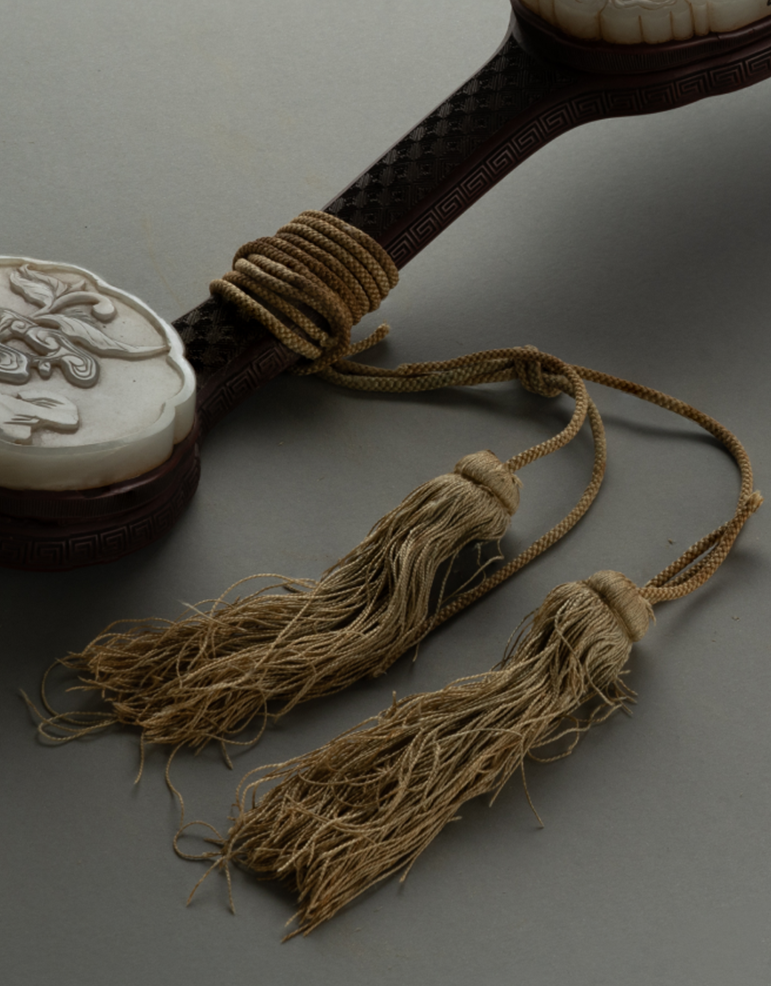
Ruyis have a long S-shaped handle, with a head shaped like a cloud, a fist, or a mushroom
They often also have long tassels in red, blue, green, and yellow colours, with different knots. The knots can mean different blessings.
Talented craftsmen created ruyis from a wide range of materials such as iron, gold, silver, bamboo, ivory, wood, coral, rhinoceros horn, crystal, precious gems, and jade.
Hidden Fact
The headpiece (top) is shaped like a mushroom called the ‘fungus of immortality’ and symbolises long life (lingzhi). The plaque or the main central plate, shows a bat (a symbol of blessings) flying over a branch of peaches (a symbol of immortality). The end piece (bottom) shows a fungus of immortality growing next to a rock. Together, they stand for blessings and longevity. These symbols show that this Ruyi was maybe a gift for someone’s birthday.
And
did you
know...

CHINA
The ruyi is said to have traveled to China with Buddhist monks from India. This wish-granting wand is a concept in most East Asian cultures, in Japan and Korea.












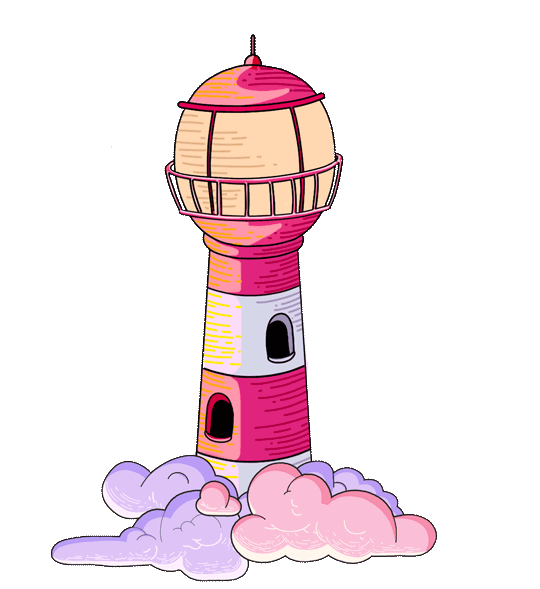

China
The ruyi is said to have traveled to China with Buddhist monks from India. This wish-granting wand is a concept in most East Asian cultures, in Japan and Korea.
where it came from
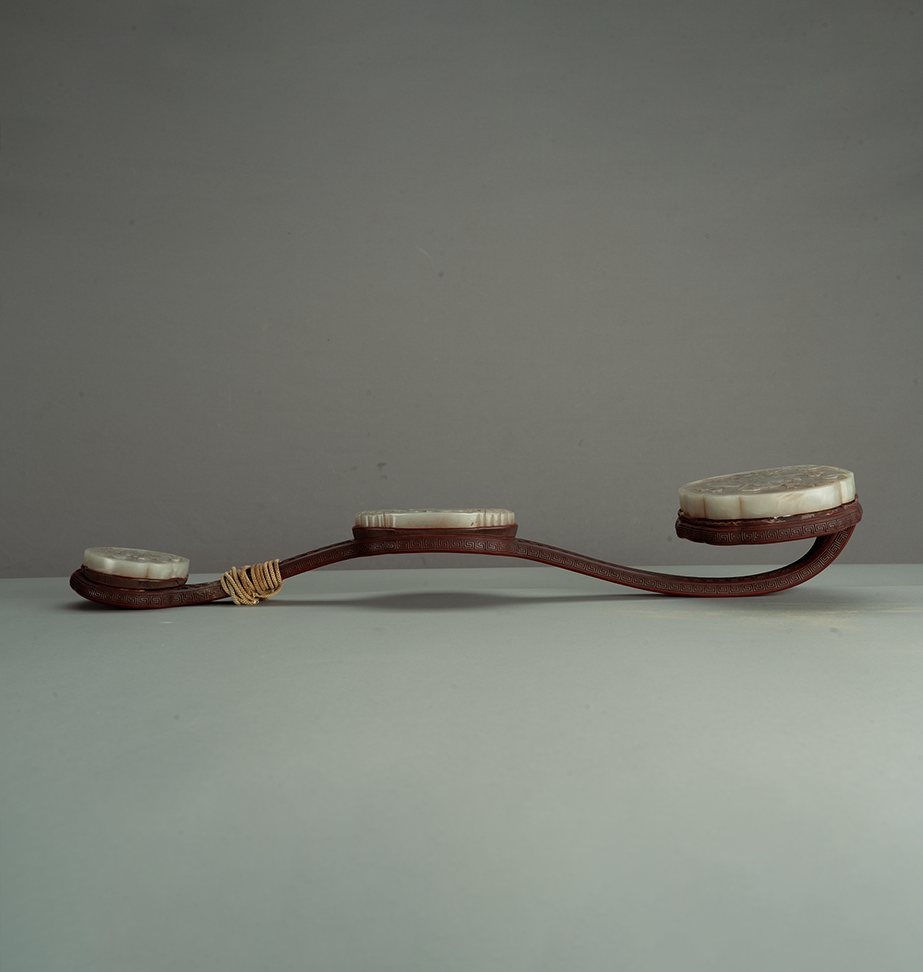

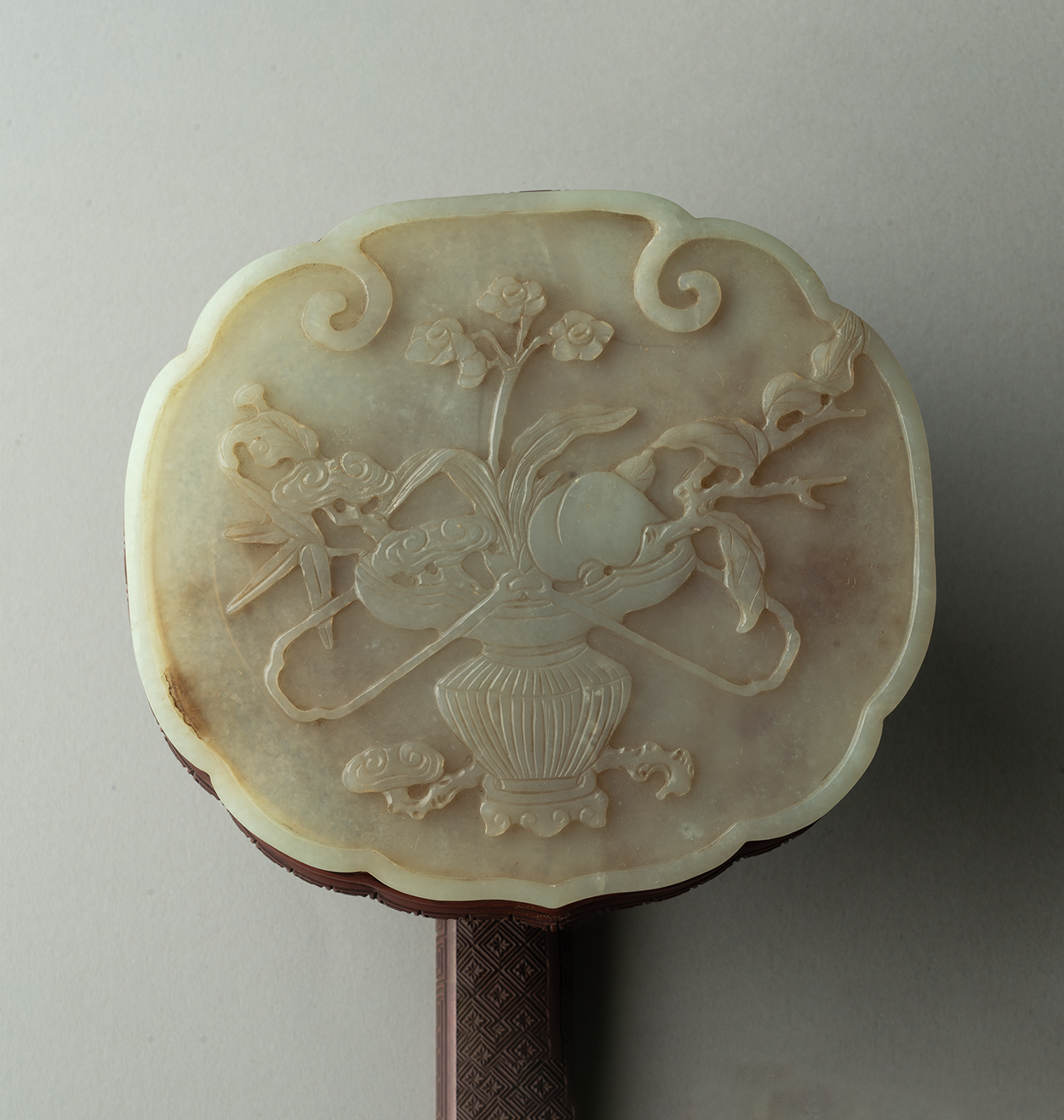


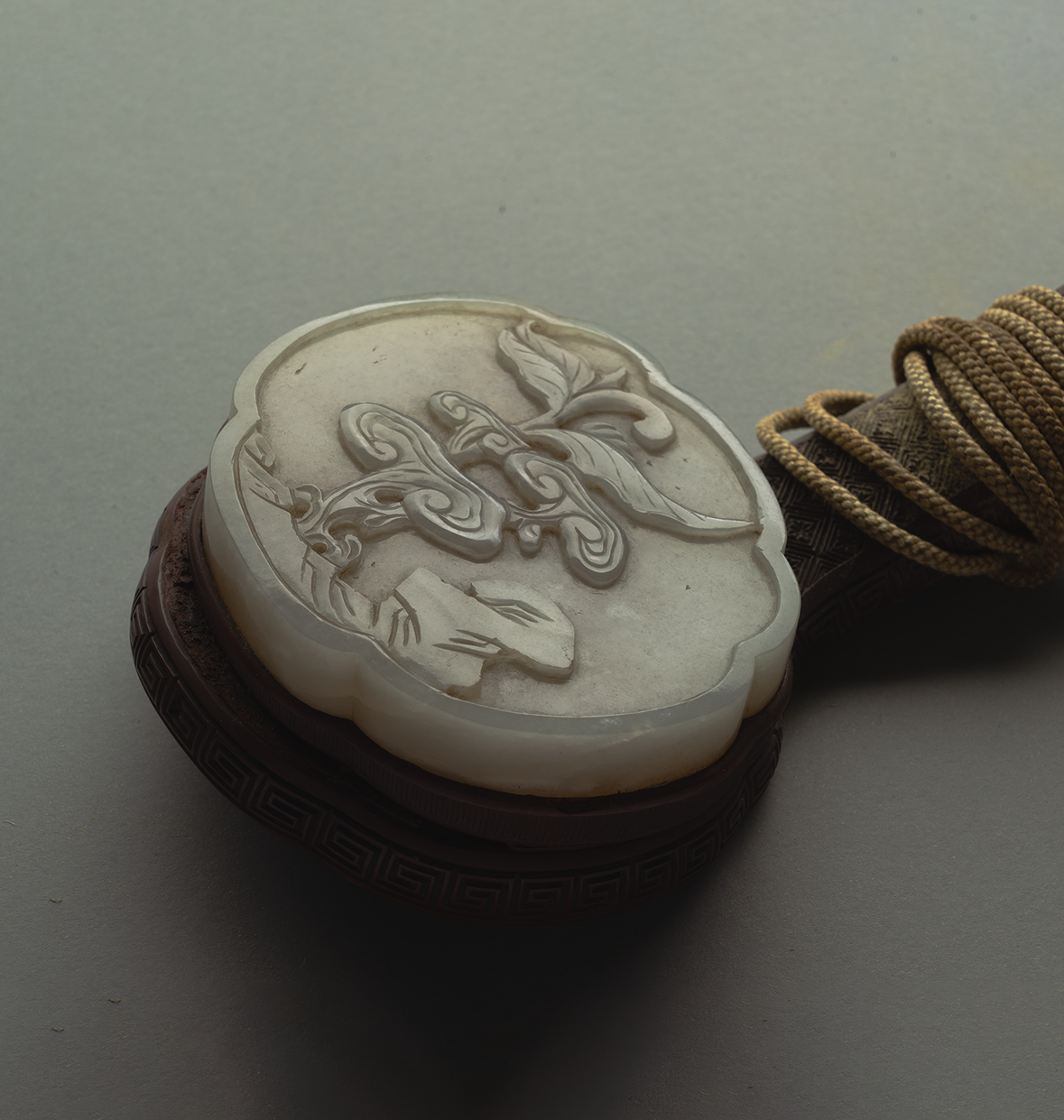
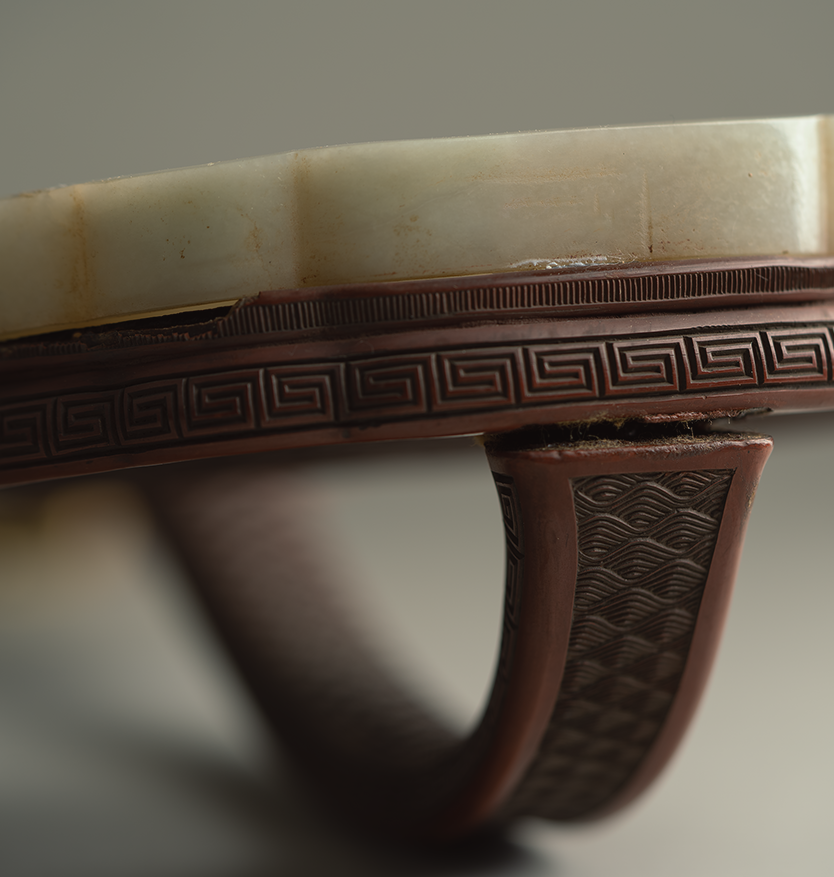
The Wish
Granting
Wand
Wish granting is a special theme of many religious stories. After Buddhism came to China, scholars used the Chinese term ruyi to translate many Sanskrit words with similar meaning.

click here to know more
click and drag to Continue reading
Kalpa-vriksha
the wish fulfilling divine tree was called Ruyishu.
A pillar of The Great Stupa at Sanchi, Madhya Pradesh, depicting the Kalpavriksha

In Hinduism, Kalpavriksha came from the early water during the Samudra Manthana, or the "churning of the ocean of milk". The king of the gods or devas, Indra, returned with this Kalpavriksha to his home in paradise and planted it there.
Cinta-mani
the wish-fulfilling jewel was called Ruyibaozhu.
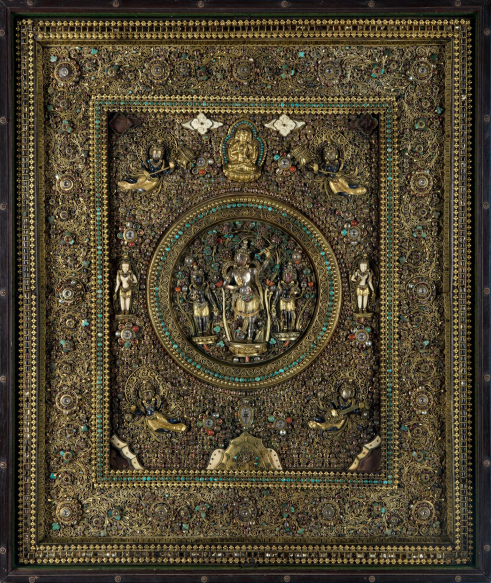
An over-100 year-old embellished panel, with Chintamani Lokeshvara in the centre.
In Buddhism, the cintamani is said to be obtained from the dragon-king of the sea, or the head of the great fish, Makara, or the relics of a Buddha. The jewel could fulfil any desire instantly –treasures, clothing or food. Sickness and suffering could be removed, and water could be purified.
ACTIVITY
Ruyis were decorated with precious stones such as rubies, emeralds and pearls. Pick materials and make your
own ruyi.
